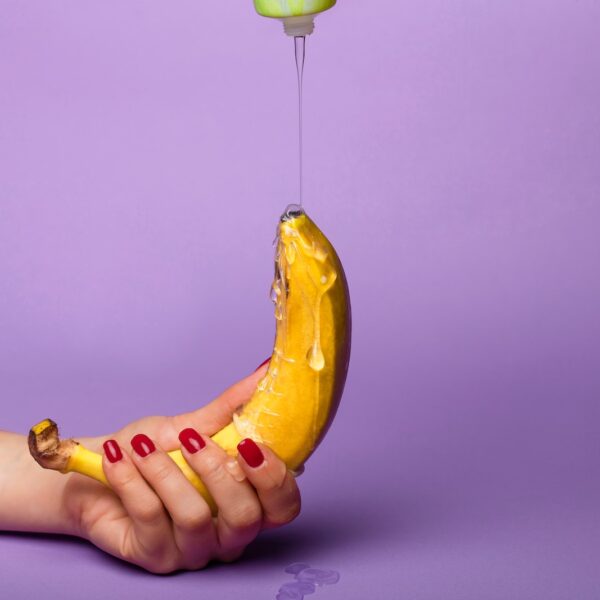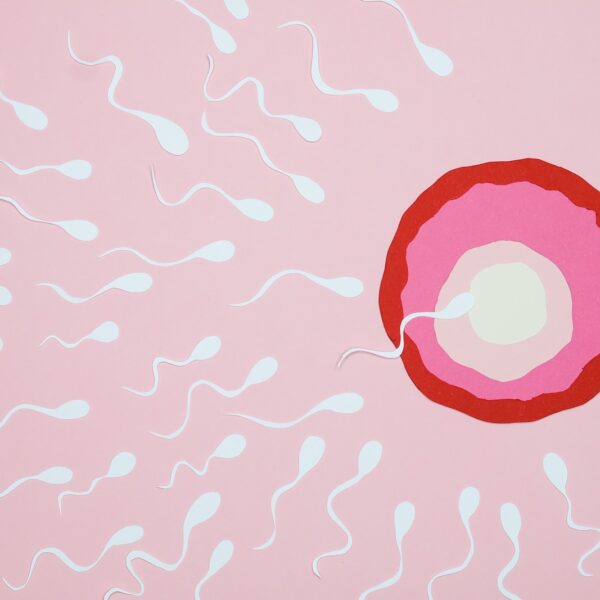Some sexually transmitted infections (STIs) like gonorrhea or herpes can cause pain during intercourse. Also, a problem with the prostate gland can be painful during sex and urination.
It’s also possible that pain during sex is because the pelvic area isn’t well-lubricated, particularly with deep penetration like missionary and rear-entry. Other causes include irritable bowel syndrome, constipation and other GI issues.
Causes
Men can experience pain after sex for many different reasons. The most common cause of pain after sex is a strained muscle. If a man holds a difficult position during sexual intercourse, the muscles in his pelvic and abdominal area may become strained or overstretched. The pain will likely disappear if the body is allowed to relax.
Other causes of pain after sex include a urinary tract infection or a problem with the bladder that can cause abdominal cramping. Issues with the digestive system can also cause abdominal pain, such as constipation or gas.
If a man suffers from semen retention, it can cause pain in the genital area after sex. This is because the testicular ducts and seminal vesicles fill up with sperm and the pressure on these organs can lead to pain.
Another reason for pain in the genital area after arousal is vulvodynia, which is chronic pain in the vulva or vagina. This can be caused by sexually transmitted infections, such as chlamydia and gonorrhea. In addition, an injury or surgery to the vulva can cause chronic pain – This section was taken from the website https://tresexy.com.
Other problems that can cause pain after sex include a hernia or an ectopic pregnancy, which is when a fertilized egg develops outside the uterus. Pain can also be caused by a lack of foreplay or trying sexual positions that are too deep, such as rear-entry and missionary.
Symptoms
Men may experience pelvic pain after sex because of infections or diseases of the testicles and prostate. These can include a urinary tract infection or sexually transmitted disease, such as chlamydia and gonorrhea. These diseases carry bacteria that can enter the prostate and cause an inflammation called prostatitis. The symptoms of prostatitis include painful urination, blood in the urine and pain when attempting to get an erection.
Other causes of pain during sex are irritations from rough genital skin, injuries to the penis, foreskin damage and deformities such as Peyronie’s disease. These problems can also be exacerbated by a lack of foreplay and deeply penetrative sexual positions such as the missionary or rear-entry (aka doggie style).
After sex, many people experience a period of refractory pain when the body recalibrates from the high state of excitement. During this time, the body is less likely to get an erection and orgasm may not happen again until the pain and tension in the muscles begin to subside.
Often, pelvic pain with orgasm is a sign of an abnormal sex life that is unsatisfactory to both partners. If this is the case, seek professional advice from a gynecologist or vascular doctor. If the pain persists, it could be a symptom of a deeper medical issue. The sooner it is treated, the better the outcome.
Treatment
In many cases, the pain you experience during and after sexual activity will go away on its own. However, if you are experiencing regular pain or are concerned about the cause of the pain, you should seek treatment. The sooner you see a doctor, the better your chances are of finding and treating the underlying problem.
A common cause of sexual pain is a strained muscle. When you contort your body during penetration, you may accidentally pull and overstretch a muscle. This can lead to abdominal pain after sex. You can help reduce this type of pain by using more lubrication during intercourse, trying different positions and communicating with your partner during sexual activity.
Another possible cause of sexual pain is a urinary tract infection (UTI). UTIs can cause pain in the pelvic area. There are several types of UTIs, including cystitis, urethritis and pyelonephritis. You can treat these conditions with antibiotics.
A less common but potentially more serious cause of sexual pain is a condition called epididymal hypertension. This condition is more commonly known as “blue balls” and is the build-up of fluid in the prostate and testicles. It can be painful during penetration or after, and can last up to 24 hours. It is usually accompanied by swelling of the testicles and a discharge from the penis.
Prevention
Sexual activity between two consenting adults can be a rewarding experience, but it is not without its challenges. For example, pain during sex is not uncommon and it can range from mild to severe in both men and women. Fortunately, the most common causes of pain during sexual intercourse are relatively easy to treat.
Getting turned on, or sexually aroused, triggers many different physical changes in the body, including in the brain and penis. These changes lead to a sequence of events known as the sexual response cycle that ends with climax and ejaculation.
A common cause of pain during sex is pelvic inflammatory disease (PID). PID can be caused by sexually transmitted infections, or STIs, including gonorrhea, trichomonas vaginalis, and genital herpes. The infection can also be caused by anal or oral sex, skin-to-skin contact with an infected partner, or by unprotected sexual activity.
Another reason for pelvic pain after sex is a strained muscle. This is often the result of an awkward or forceful position being held for extended periods of time during intercourse.
Another potential source of pain in men is epididymal hypertension, also called “blue balls.” This condition occurs when there is a temporary build-up of fluid in the testicles and prostate due to prolonged sexual arousal without ejaculation. This condition can be alleviated by ejaculation or by using a lubricant, such as a water-based one.




Leave a Comment